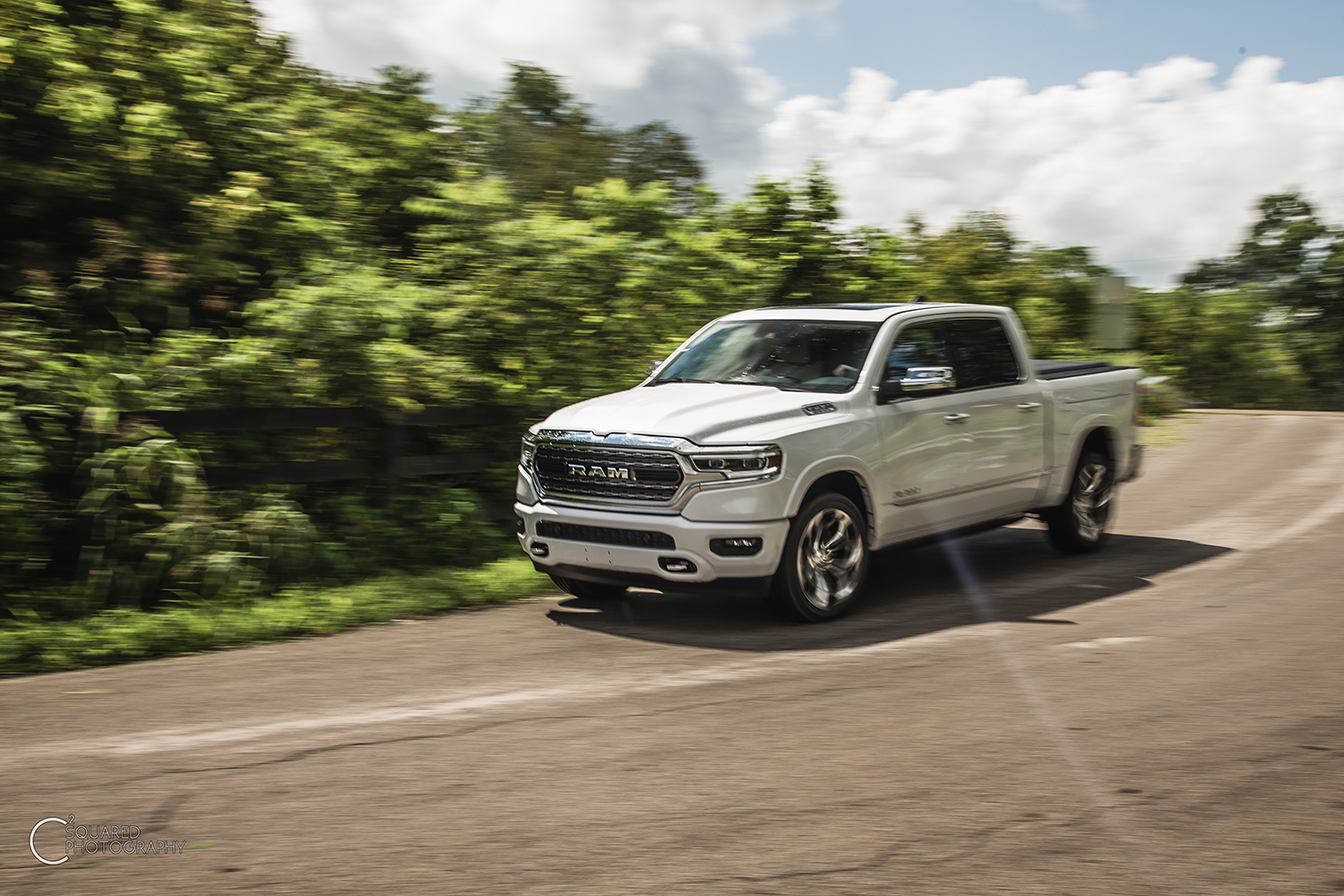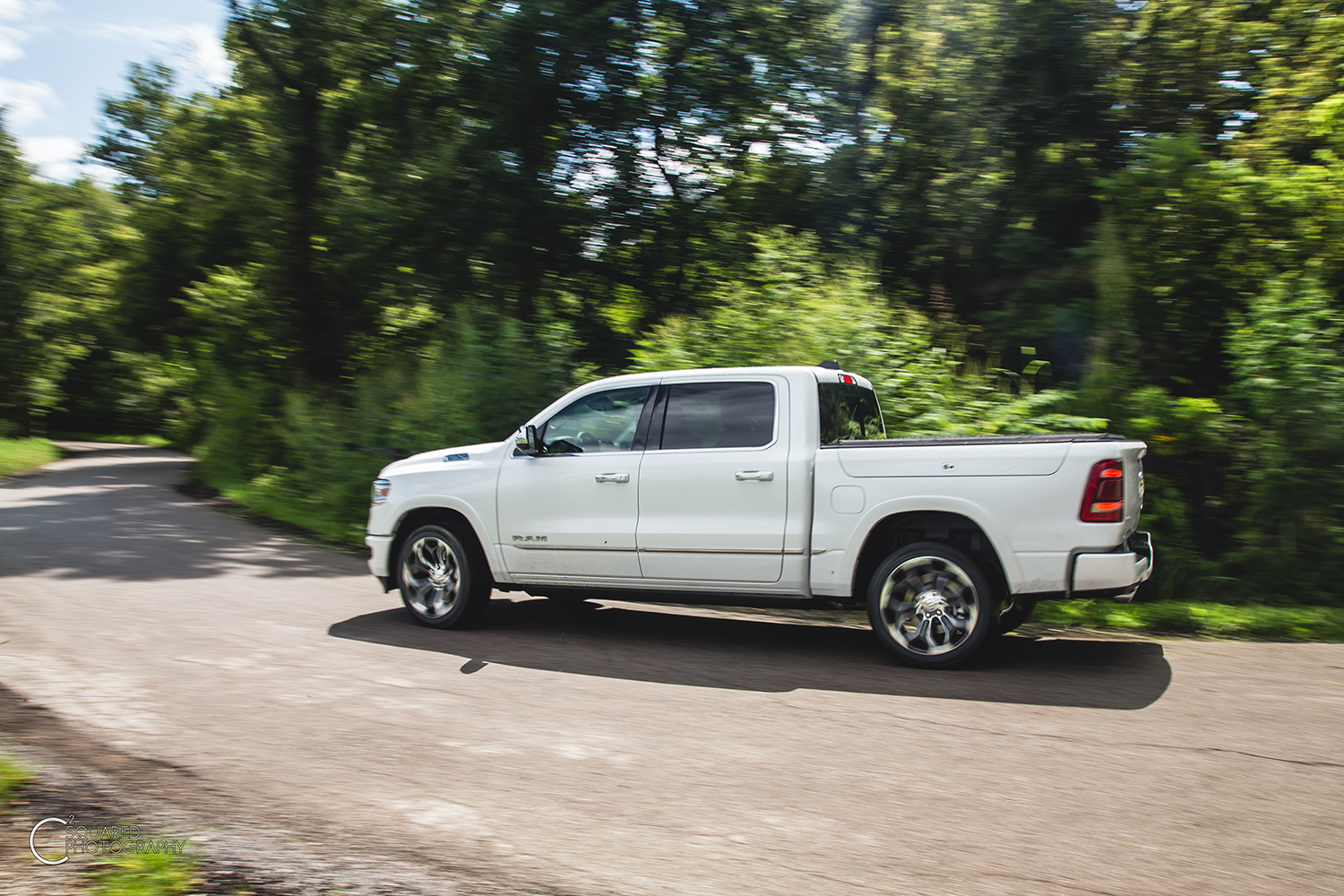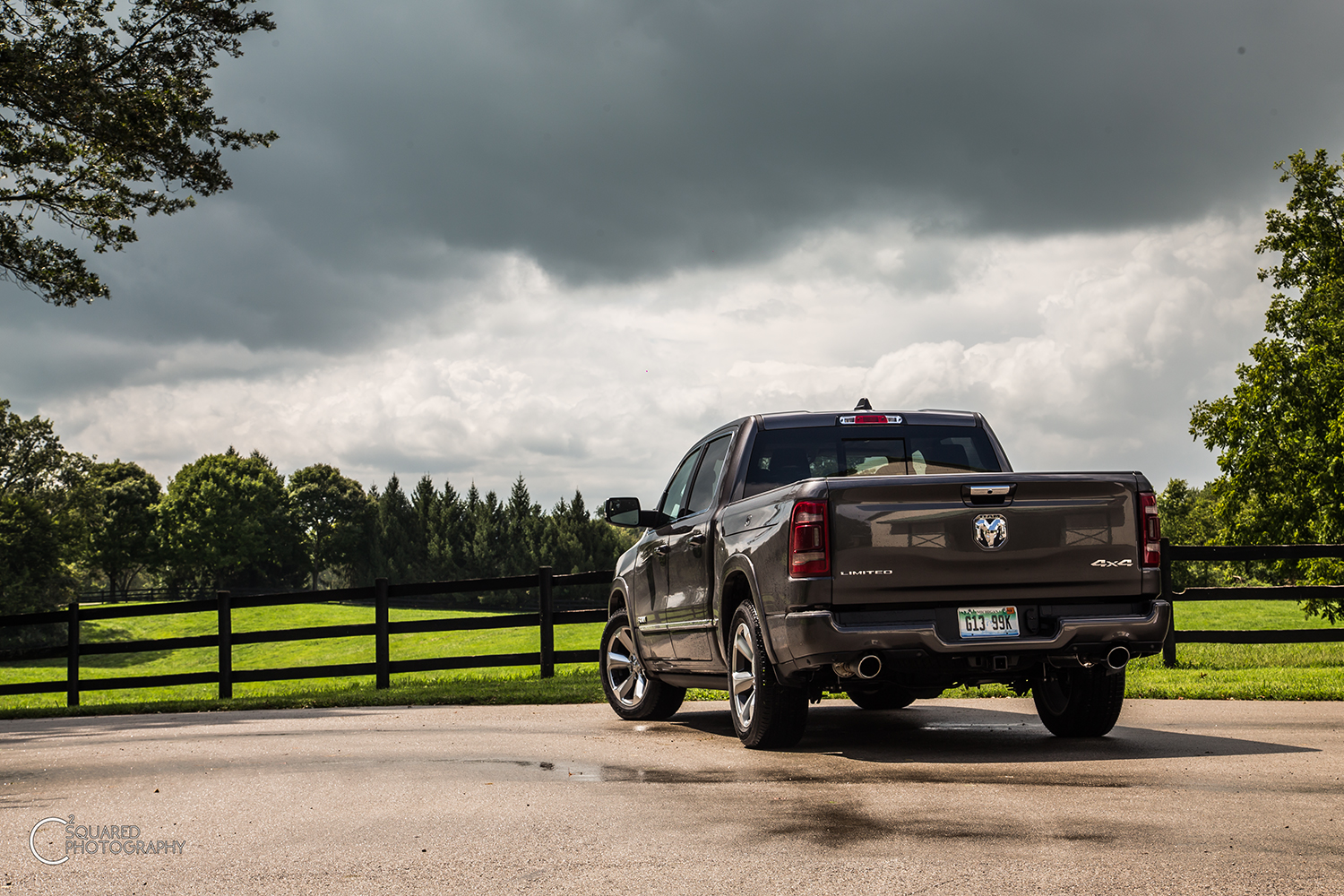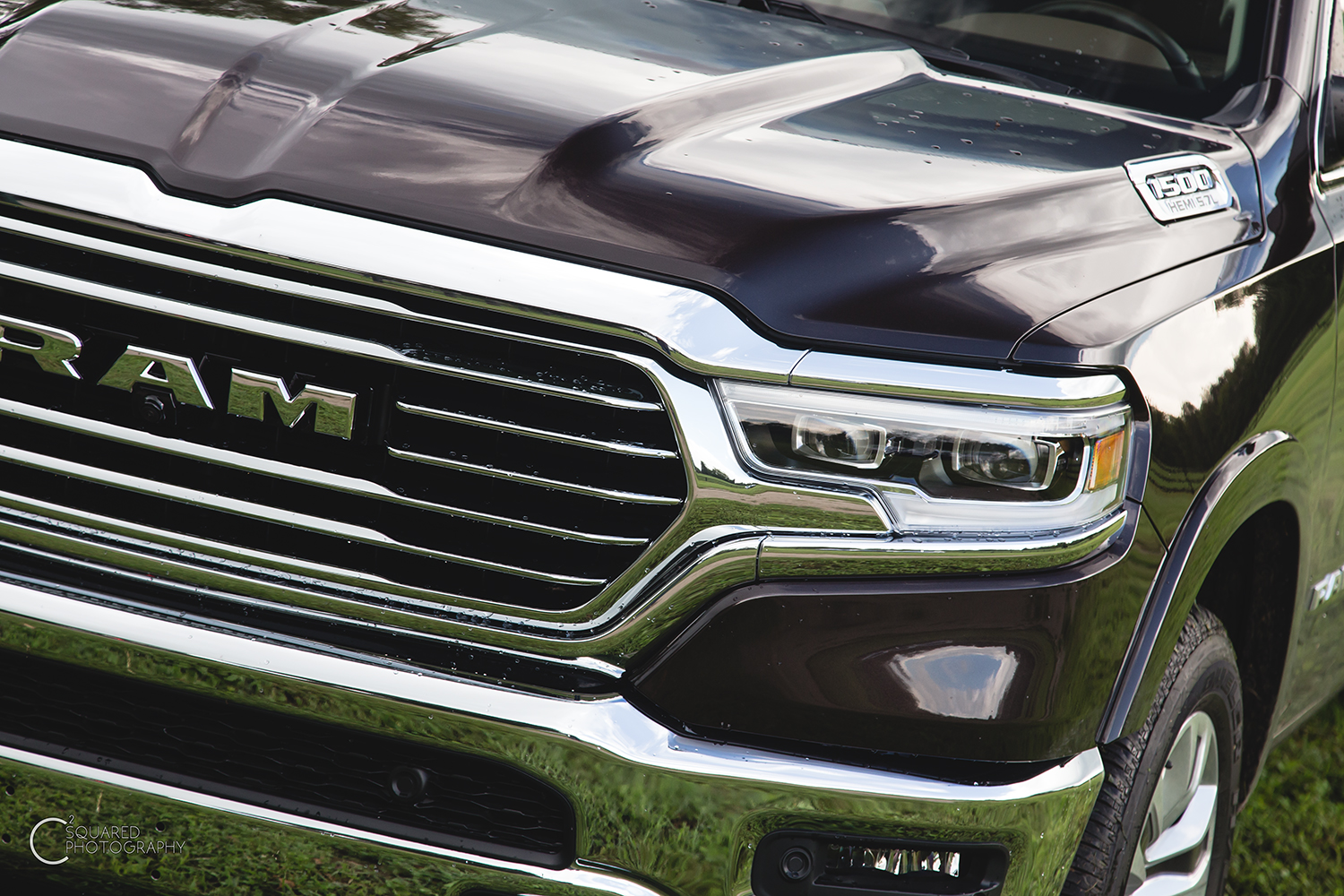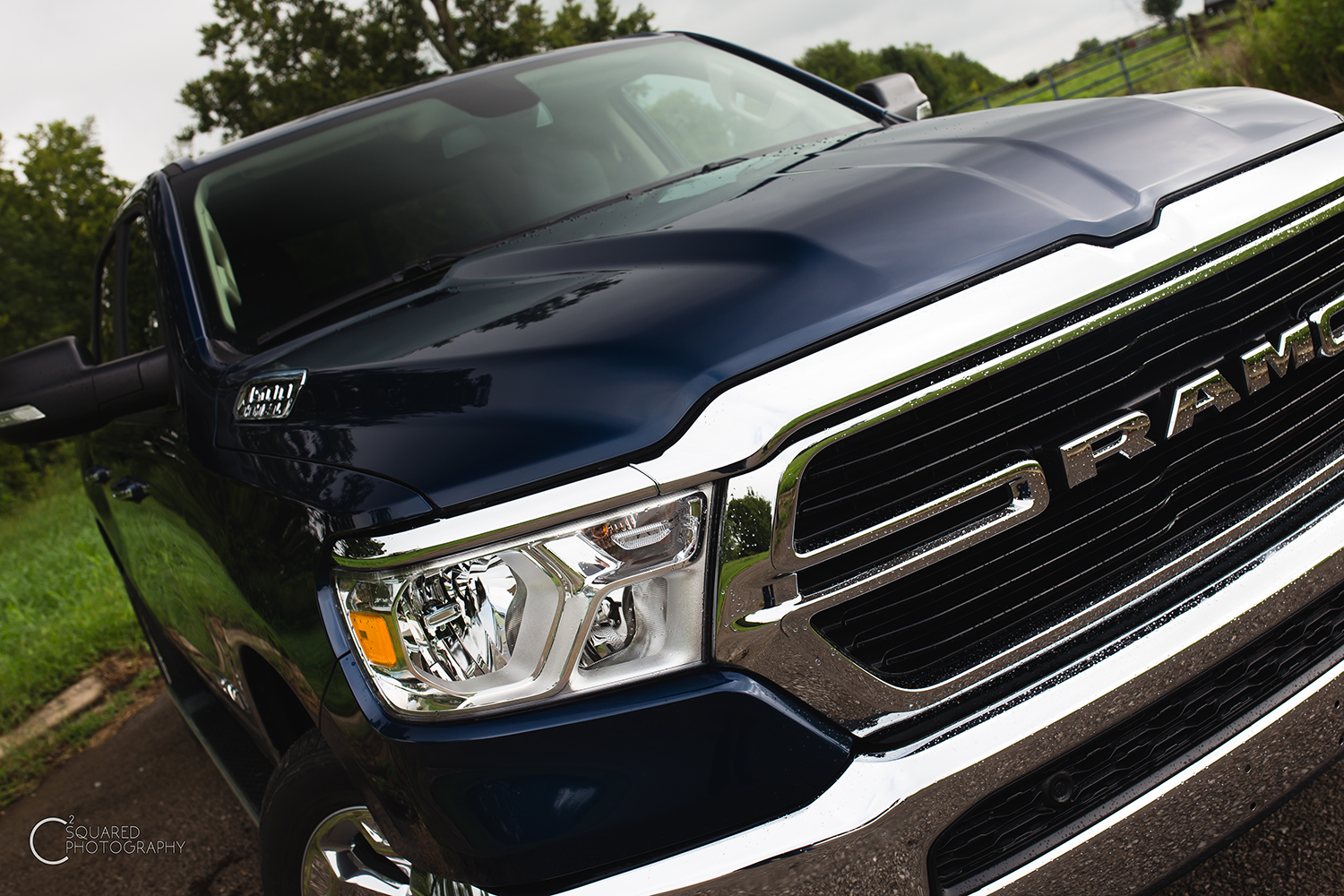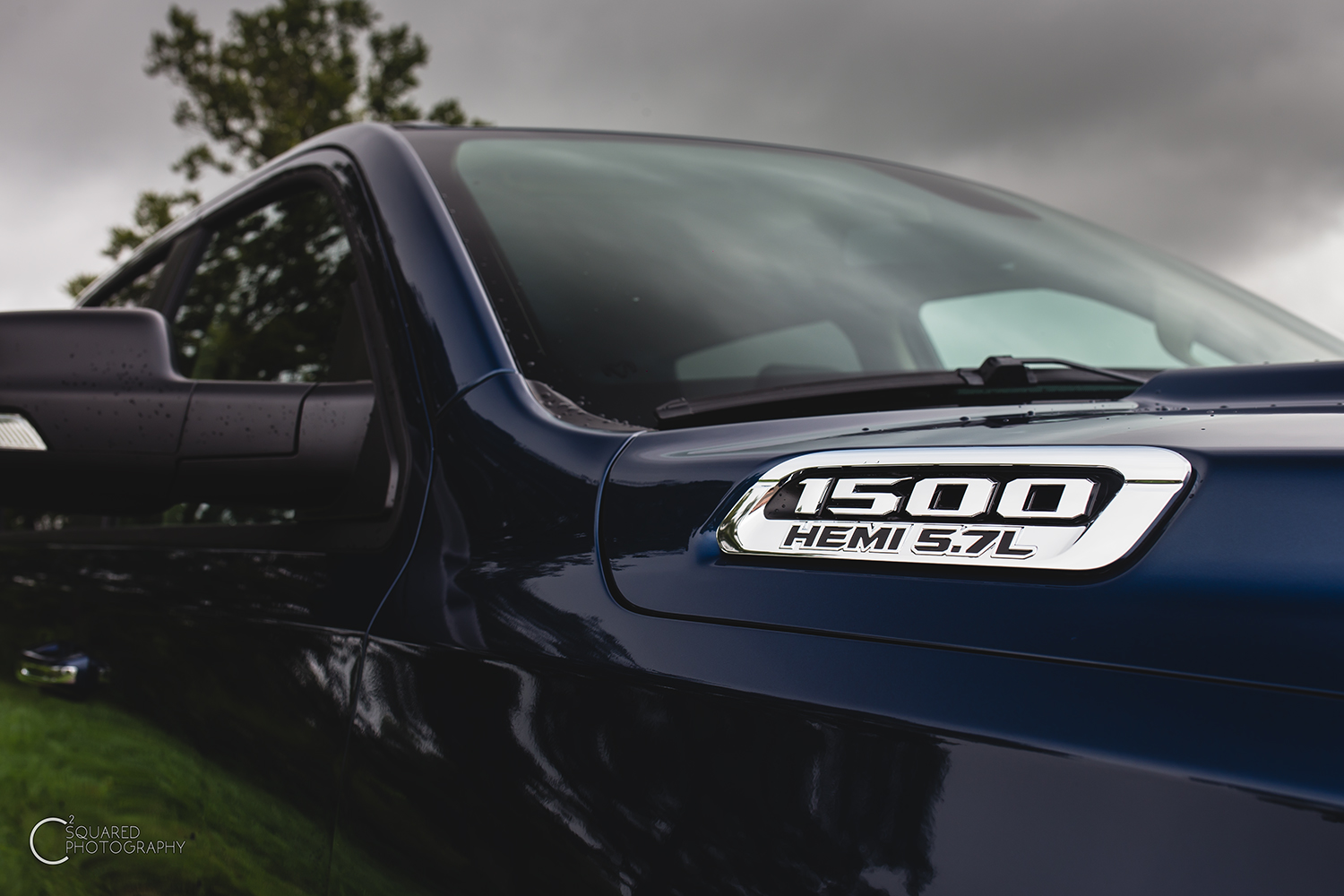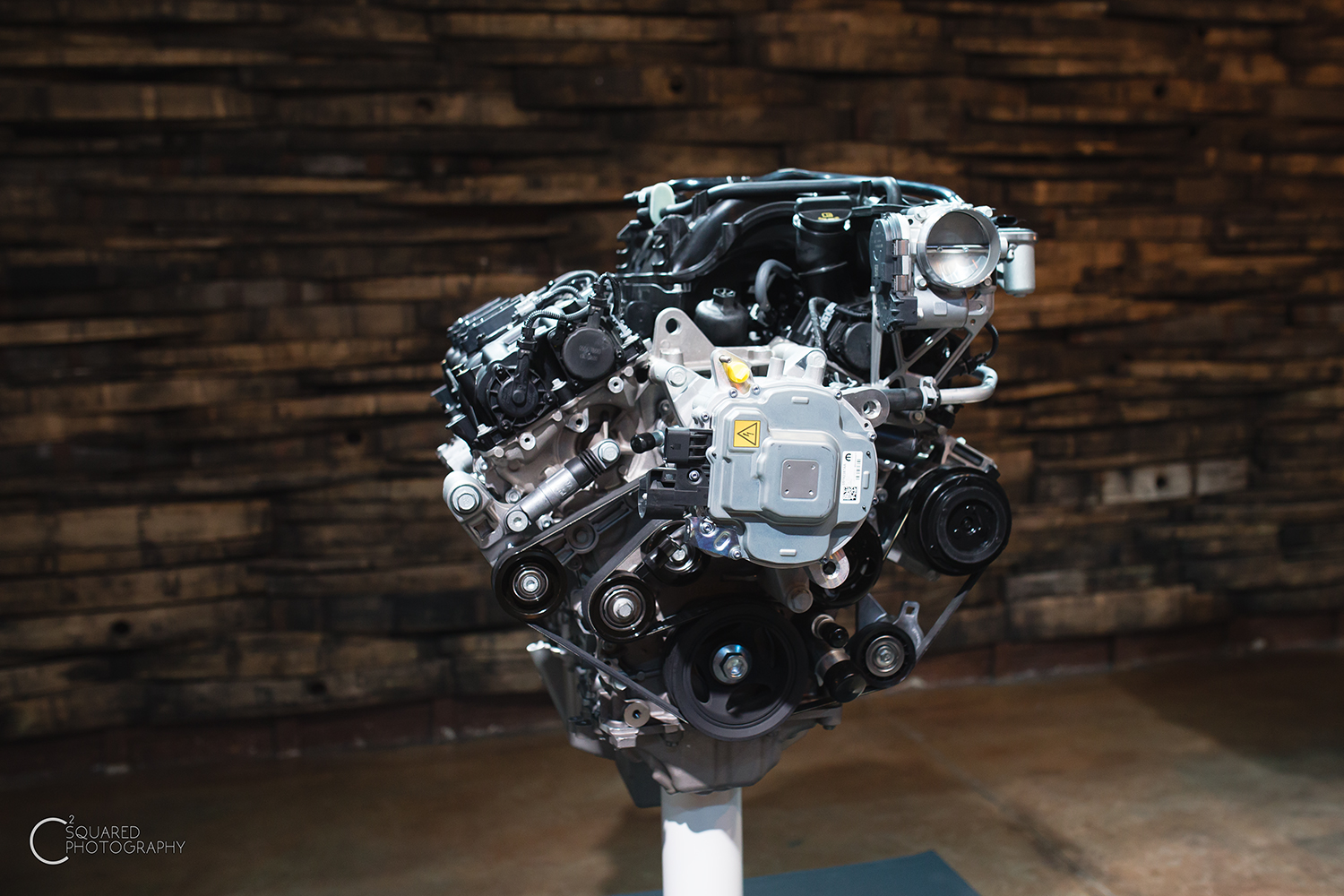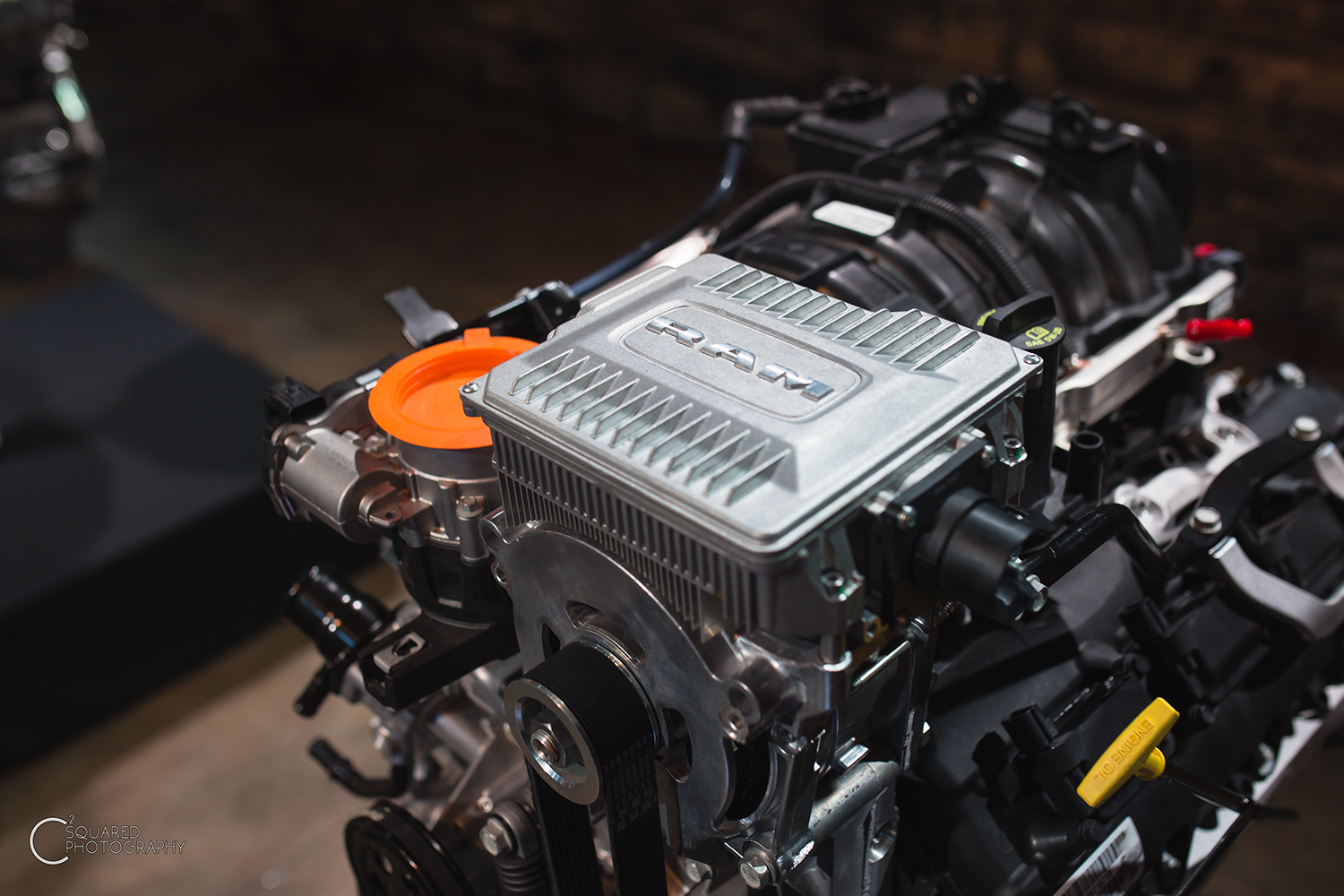When we originally drove the 2019 Ram 1500 eTorque around Lexington, Kentucky, not too long ago, official fuel economy figures weren’t yet available to publish. Ram brand representatives did say they predicted up to a 2-mpg increase in general. But now, the EPA officially revealed the fuel economy figures of the latest Ram 1500 eTorque with both the V6 and V8 engines, according to multiple sources.
Equipped with the 3.6-liter Pentastar V6 engine and the eTorque system, the 2019 Ram 1500 is capable of 20 miles per gallon on the city cycle and 25 on the highway, with a combined average rating of 22 mpg with just rear-wheel drive. Adding four-wheel drive into the mix drops the city figure to 19, highway to 24, and combined to 21.
Compare that to the outgoing model with the same 3.6-liter Pentastar V6, the Ram 1500, which had a rating of 17/25/20 (city/highway/combined).
As for the V8 model with the eTorque system, ratings clock in at 17/23/19, compared to 15/22/17 for the outgoing model with two-wheel drive. With the V8 eTorque combination and four-wheel drive, the city figure only drops by one mpg on the highway rating.
The Ram 1500’s new eTorque system is the truck brand’s name for its latest 48-volt electrical system and mild-hybrid status. In a nutshell, the eTorque system adds a secondary, more powerful 48-volt electrical supply on top of the already standard 12-volt supply. The 48-volt system is used to power a small electric motor mounted outboard of the engine like an ancillary. Said motor also acts as a starter to drive the gas engine, while doubling as an alternator to supply the 48-volt system with electrons converted from the gas engine’s kinetic energy.
Not only does the 48-volt system allow for more computing power for more features, its electric motor/generator (EMG) also adds hybrid-like capabilities that replace the old automatic engine stop/start system. That means the Ram 1500 eTorque can sit at a traffic light without burning a single drop of fuel. And when it’s time to go, like a hybrid, the EMG applies power directly to the engine’s crankshaft via a heavy-duty belt, briefly propelling the truck and cranking the engine before the computer then transitions into all-gas power. This also means there’s no lag or jerky motions from the old engine stop/start system.
For a quick comparison, Chevrolet’s Silverado, with its 4.3-liter V6, is rated for 18/24/20 when similarly equipped to the Ram 1500 eTorque V6, while Ford’s F150 with the 2.7-liter EcoBoost V6 achieves 20/26/22.
